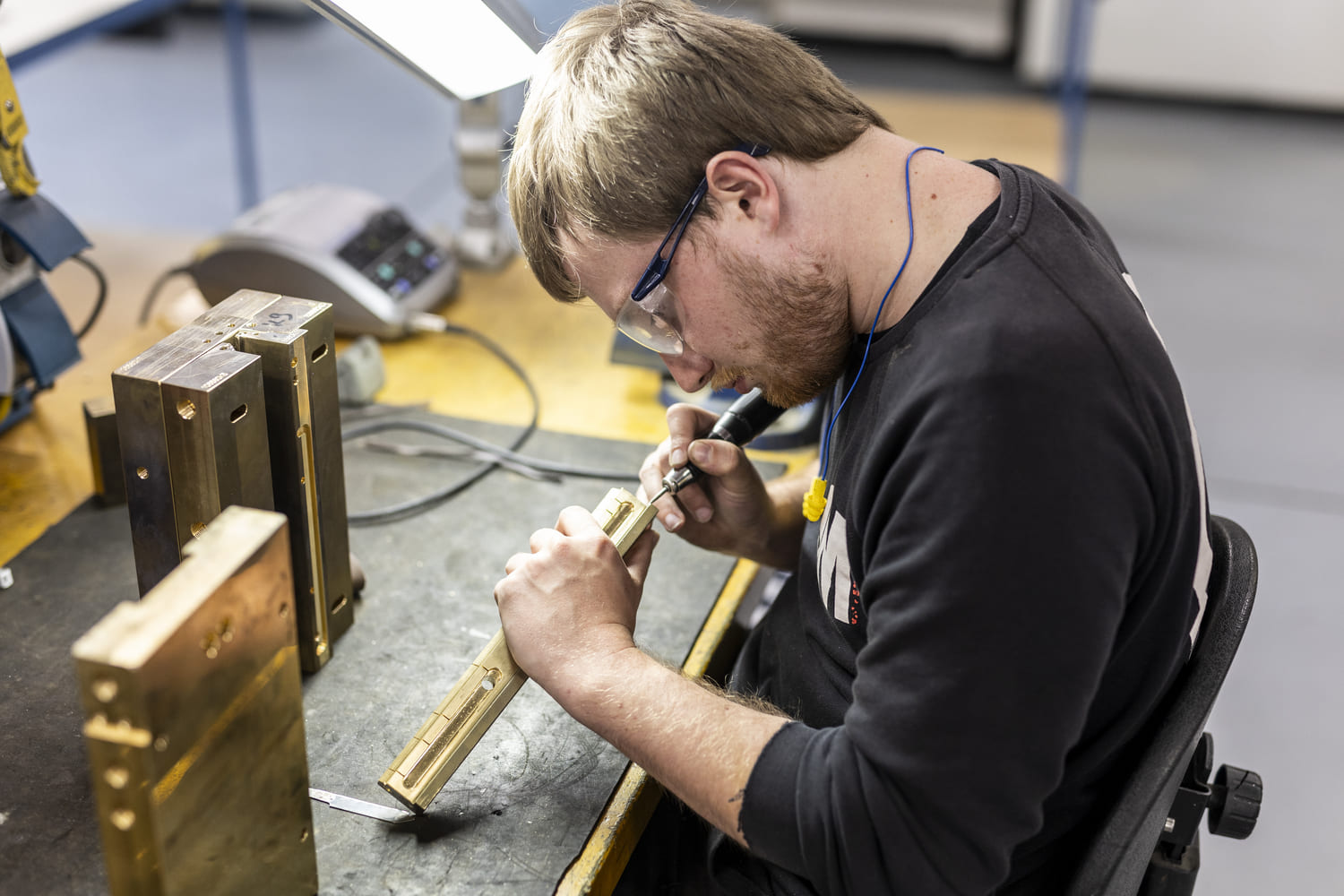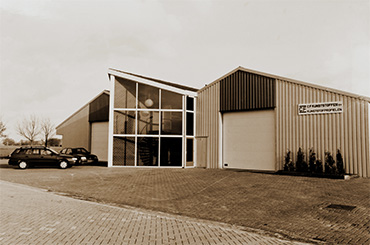Thermoplastic Elastomer
The group thermoplastic elastomer consists of Soft PVC, thermoplastic rubber (TPR), and thermoplastic polyurethane (TPU). We have addressed Soft PVC separately on this site, as this is historically one of the most used materials. The TPR and TPU materials came later into existence to solve geographical problems for areas where Soft PVC cannot be used and to serve specific market segments.
Thermoplastic rubber (TPR)
There are two types of TPR in existence, one a mixture of PP and EDM, the other ethylene-vinyl acetate mixed with vinylidene chloride.
Both types belong to the thermoplastics featuring good rubber-like properties. Both materials are suited to be co-extruded to other thermoplastics, thus creating ample possibilities to develop technical solutions for plastic profiles in various market segments.Used for sealing profiles and bonding to polypropylene components.
Used for co-extrusion with Hard PVC for high-grade applications, this compound is not suited for use with acrylate and polycarbonate.
Used for co-extrusion with Hard PVC and as plasticizer-free for acrylate and polycarbonate plates.
For independent rubber-like profiles as well as for co-extrusion with ABS and SBS.
Applications
TPR profiles are commonly used for:
- Construction sealing
Characteristics in short
- Maximum tolerable temperature approximately 100â° C (212â° F)
- Excellent tensile strength
- Flammable
- Weldable
- Well weatherproof
- Good compression
- Good co-extrusion
Material qualities
Colors
Transparent
TPR’s are not available in transparent form. In case a transparent rubber is required, TPU can be offered as an alternative.
Combustibility
Painting
In general, TPR seals will not be painted or lacquered; when painting is required, the surface needs to be primed.
Welding
Welding of TPR material is generally possible by the mirror welding method, and this is the big difference with vulcanized rubbers.
Chemical resistance
Bonding with other materials
TPR’s are outstandingly suited to be bonded with other thermoplastics like co-, tri-, and quad extrusion. Next to the bonding with natural TPR, like with different coloring, it also bonds well with SEBS and SBS compounds: PS, ABS, ASA, LDPE, HDPE, HMPE and PP, and certain types containing TPO and TPV compounds.
TPO and TPV compounds: LDPE, HDPE, HMPE, PP, and certain types with SEBS and SBS compounds.
Thermoplastic Poly Urethane (TPU)
TPU is extremely wear-resistant and possesses good mechanical qualities. This makes the material utterly suitable for applications in dynamic and semi-dynamic seals and gaskets. TPU is also well resistant to mineral oils and greases. The superior tensile strength of TPU allows the use under intense stress.
Material qualities
TPU profiles are commonly used in:
- Construction
- Trailer construction
Characteristics in short
- Maximum tolerable temperature approximately 80⁰ C (176⁰ F), briefly up to 110⁰ C (230⁰ F)
- Minimum acceptable temperature -60⁰ C (-76⁰ F)
- Great tensile strength
- Flammable
- Weldable
- Good weather resistance
- Good UV resistance (configurable)
- Good compression set
- Good co-extrusion
Colors
Transparent
TPU is a transparent material. It is advisable always to add a UV-stabilizer to prevent yellowing and deterioration of the material.
Combustibility
Painting and lacquering
Welding






